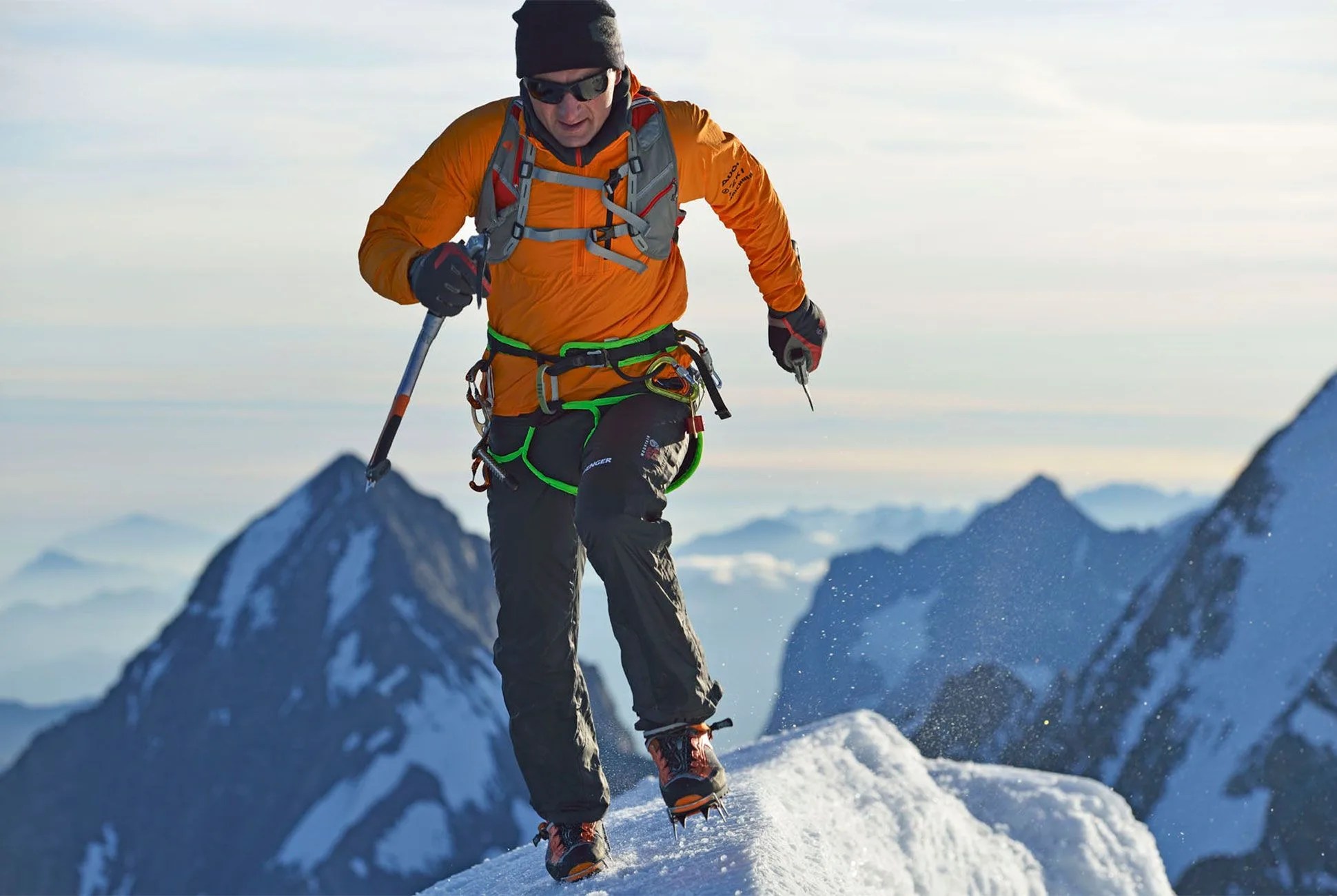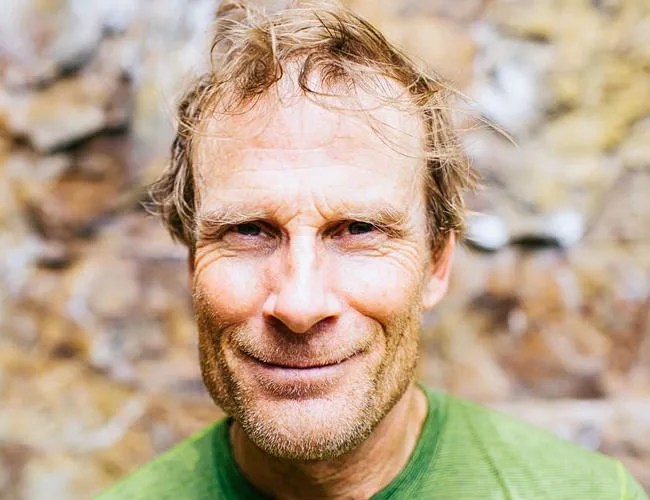Editor’s Note: Yesterday, Ueli Steck, the Swiss climber commonly regarded as one of the most formidable alpinists to ever live, was making a solo ascent of Nuptse, a Himalayan peak conjoined with Mt. Everest, when he apparently slipped and plunged 3,280 feet to his death. He was 40. By climbing Nupste, Steck was acclimatizing for a climb he had planned to attempt later this month: Everest’s West Ridge, a route which has caused more deaths than successful ascents; upon reaching Everest’s summit, he would then traverse to Lhotse, the world’s fourth-highest peak. This incredibly dangerous traverse has been climbed, unsuccessfully, by only one other person.
Steck’s achievements in mountaineering are many, though he will be best remembered for his solo ascent of the Eiger’s North Face in 2015, having climbed it in just over two hours — a world speed record — as well as his successful ascents of all 82 13,000-plus-foot peaks in the Alps in just 62 days that same year. Steck was a deity of the “fast and light” school of alpinism, a practice in which climbers minimize gear loads in order to reach summits as quickly as possible. Steck had also twice received the Piolet d’Or award, mountaineering’s highest accolade.
Nearly a month ago, Steck wrote what would be his final post on his blog, closing out with a poignant, eerily ominous quote: “And now I’ll just go; and only worry about the events that lie ahead of me. Day by day, one by one. It is the here and now that counts. What comes next is uncertain in any case. Learn from Yesterday, live for today, hope for tomorrow.”
In remembrance of “The Swiss Machine,” we have resurfaced our interview with Steck in 2015. The New York Times has Steck’s full obituary.
— Michael Finn
The North Face of the Eiger shoots up nearly 6,000 feet in the sky like a vertical dagger of limestone and ice. It is a classic symbol of the Swiss Alps, and also the perils that can accompany the sport of mountaineering; having claimed the lives of more than 60 climbers to date, the north face is so dangerous that it’s sometimes called the Mordwand — German for “Death Wall.” It was first scaled in 1938 over the course of three days, securing the climbers who achieved it — Heinrich Harrer, Anderl Heckmair, Fritz Kasparek and Wiggerl Vörg — a place in the history books of modern mountaineering. In November 2015, professional climber Ueli Steck turned the sport on its head when, all alone, he scaled the entire north face in two hours and 22 minutes, setting a record for the fastest time ever.
A Swiss native, Steck began his climbing career at the age of 17 and first climbed Eiger’s north face at 18. In 2012, he summited Everest with his climbing partner, Tenji Sherpa; neither man used supplemental oxygen during the entirety of the ascent, which is now a rare feat upon the world’s highest mountain. During an ascent the following year, Steck was involved in an altercation with nearly 100 Sherpas at Everest’s Camp 2, sparking international media attention. The incident nearly cost the lives of him and his company, Simone Moro and Jonathan Griffith; the trio never finished their summit.
Focus has since shifted, in the climbing world, to Ueli Steck’s most recent undertaking, a solo summit via the south face of Annapurna, perhaps the most technically challenging climb in the world. Despite an avalanche, Steck did it in a marathon 20 hours, arriving back at his base camp eight hours after he summited. This landmark achievement granted the climber the Piolet d’Or, one of the climbing world’s most prestigious awards, and secured his foothold among the world’s best. We sat down with the living legend to talk about the gear he can’t live without and his approach to the sport, and to find out if there’s life for him after climbing.

